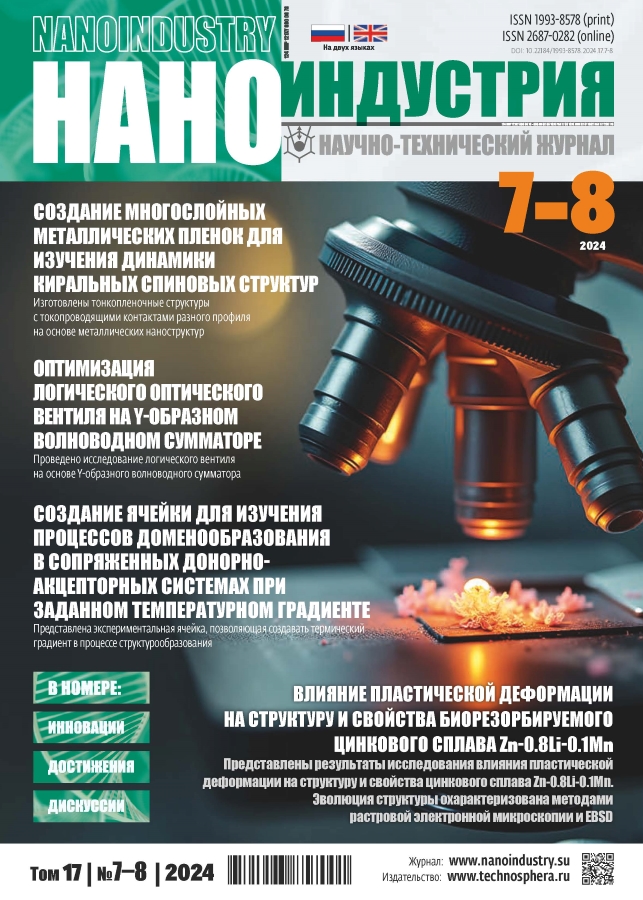Three-dimensional visualization of viruses, bacteria and cells in the educational process
- Authors: Akhmetova A.I.1,2, Yaminsky I.V.1,2
-
Affiliations:
- Lomonosov Moscow State University
- Advanced Technologies Center
- Issue: Vol 17, No 7-8 (2024)
- Pages: 476-481
- Section: Образование
- URL: https://journals.eco-vector.com/1993-8578/article/view/642515
- DOI: https://doi.org/10.22184/1993-8578.2024.17.7-8.476.481
- ID: 642515
Cite item
Abstract
Scanning probe microscopy has proven itself as a unique device for solving problems in the field of virology, cell biology, biomedicine, regenerative medicine, materials science and microelectronics. This data can be used in scientific research, for teachers of natural sciences at school it is useful to expand the horizon of the educational program and show schoolchildren not only the world in an optical microscope or in formulas on the board. Atoms, molecules, proteins, viruses, bacteria and cells can be seen or even touched with an atomic force microscope, and this is a look at nanoobjects from a completely different angle.
Full Text
About the authors
A. I. Akhmetova
Lomonosov Moscow State University; Advanced Technologies Center
Email: yaminsky@nanoscopy.ru
ORCID iD: 0000-0002-5115-8030
Researcher, Leading Specialist
Lomonosov Moscow State University, Physical Department
Russian Federation, Moscow; MoscowI. V. Yaminsky
Lomonosov Moscow State University; Advanced Technologies Center
Author for correspondence.
Email: yaminsky@nanoscopy.ru
ORCID iD: 0000-0001-8731-3947
Doct. of Sci. (Physics and Mathematics), Prof., Director
Lomonosov Moscow State University, Physical Department
Russian Federation, Moscow; MoscowReferences
- Akhmetova A.I., Sovetnikov T.O., Obolenskaya L.N., Yaminsky I.V. FemtoScan Online in Scientific and Educational Activities: Count, Measure, and Visualize. NANOINDUSTRY. 2024. Vol. 17. No. 6. PP. 392–398. https://doi.org/10.22184/1993-8578.2024.17.6.392.398
- Vointseva I.I., Gembitskiy P.A. Polyguanidines – disinfectants and multifunctional additives in composite materials. Moscow, LKM-press, 2009. P. 303.
- Sovetnikov T.O., Akhmetova A.I., Gukasov V.M., Evtushenko G.S., Rybakov Y.L., Yaminskii I.V. Scanning probe microscopy in assessing blood cells roughness. Bio-Medical Engineering. 2023. https://doi.org/10.1007/s10527-023-10253-3
- Trukhova A.A., Akhmetova A.I., Yaminsky I.V. Visualization of erythrocytes by atomic force microscopy. NANOINDUSTRY. 2023. Vol. 16. No. 3–4. https://doi.org/10.22184/1993-8578.2023.16.3-4.180.184
- Sinitsyna O.V., Akhmetova A.I., Yaminsky I.V. Atomic force microscopy of erythrocytes: new diagnostic possibilities. Medicine and High Technologies. 2022. Vol. 1. PP. 9–12. https://doi.org/ 10.34219/2306-3645-2022-12-1-9-12
Supplementary files











